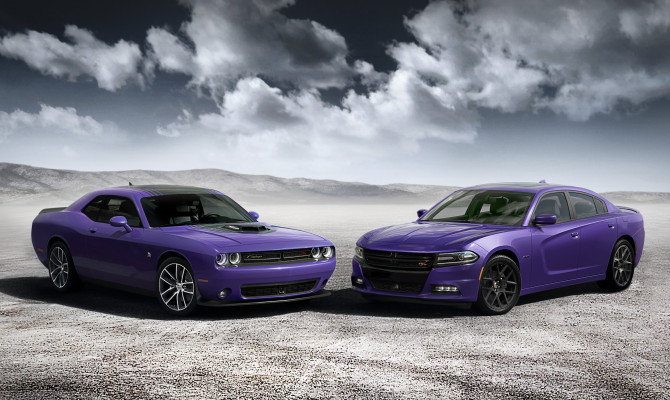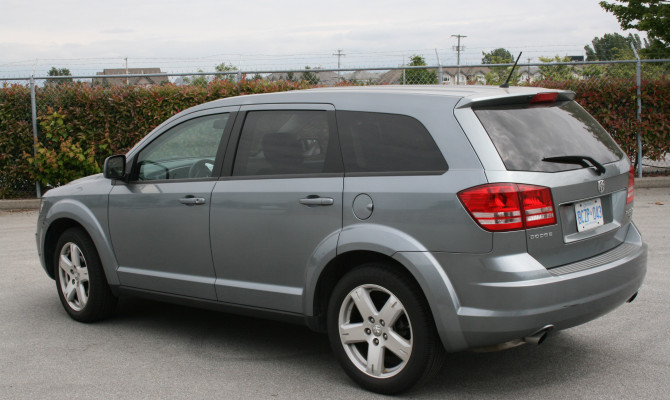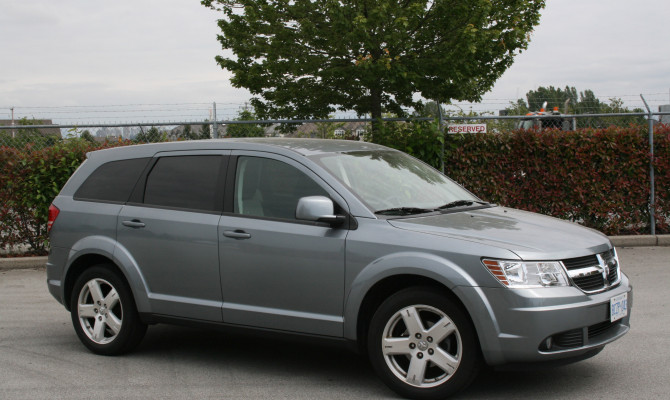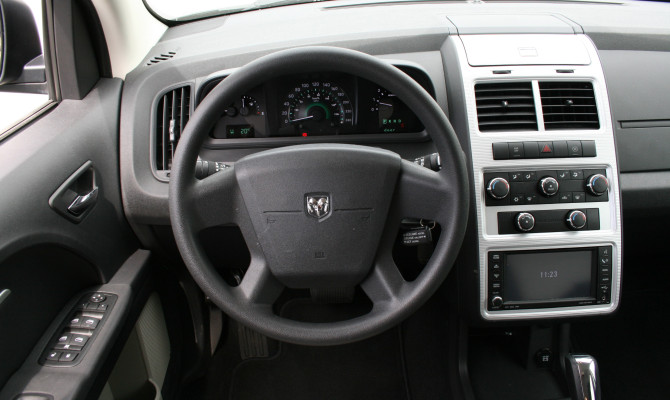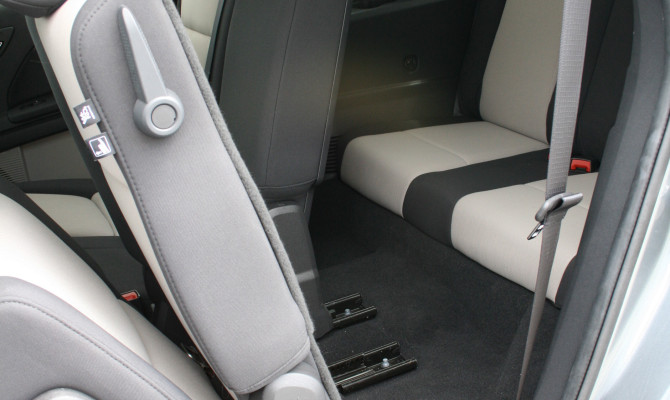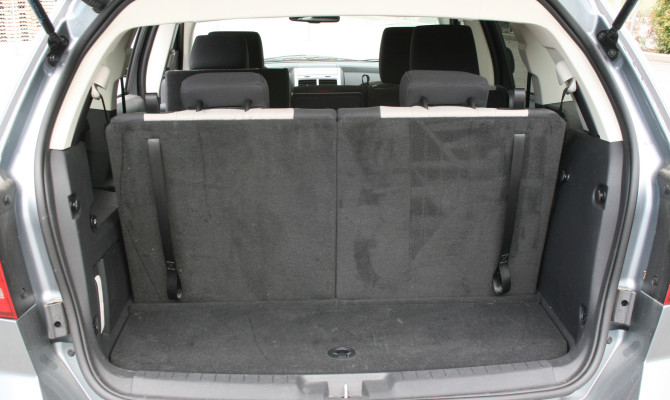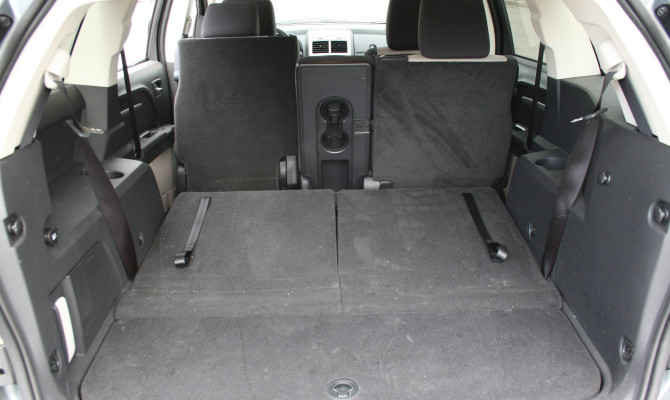The Promaster seeks to compete against Ford’s Transit series, Nissan’s growing line of commercial vans, and its old friend Sprinter, now from Mercedes) in the expanding segment.
I can’t think of a better looking Mustang; it draws on a rich design heritage.
Putting a heavy duty pickup truck through its paces
Though no definitive statement has been made when the Dart will descend into its last throes, it’s clear that the model’s future is decidedly unclear.
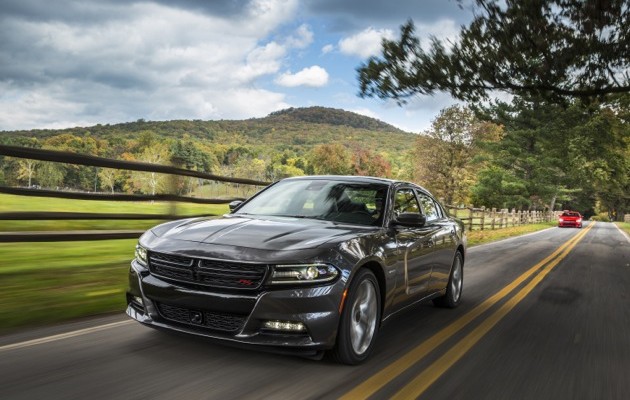
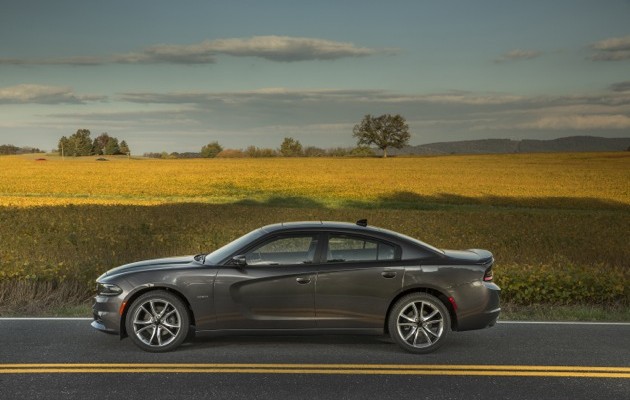
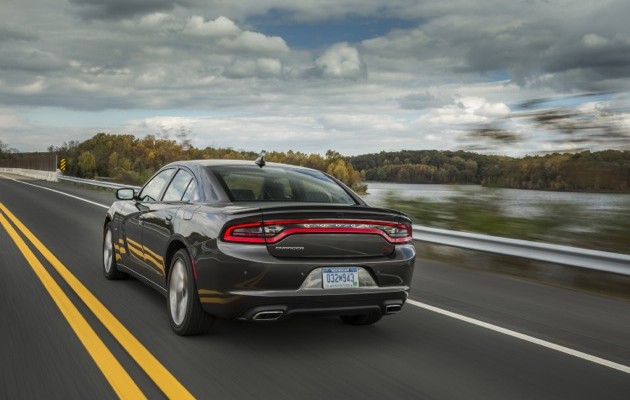
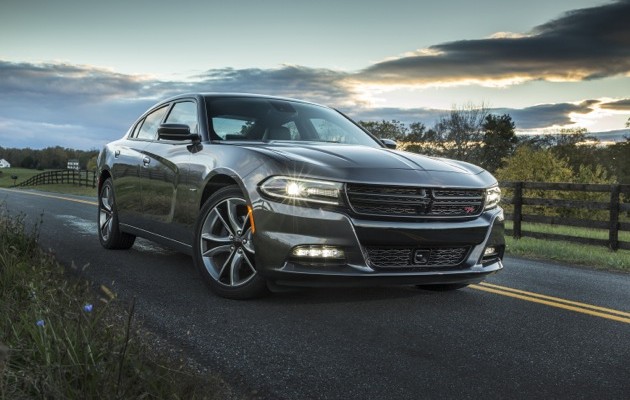
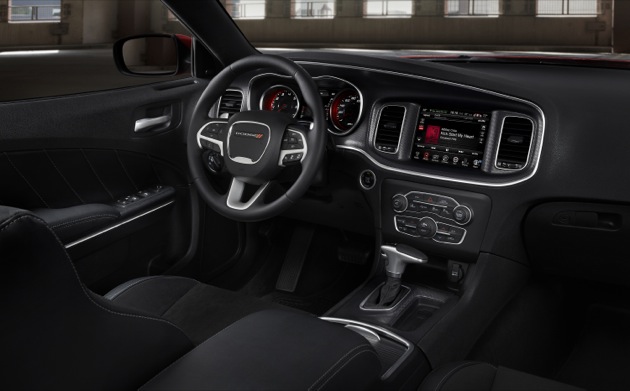
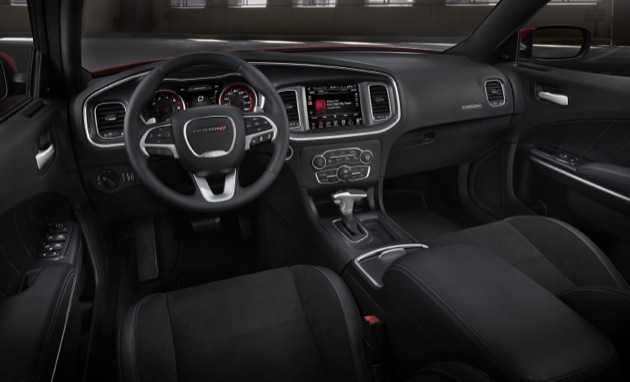
It’s about 40 years since I drove a Dodge Charger, a 1969 version of the legendary muscle car. (more…)
“Since 1970, Plum Crazy has been one of the most desired paint colours for the Dodge Challenger and Charger.”
Back for a limited-production run, the iconic Plum Crazy exterior paint will be made available on 2016 Dodge Challenger and Charger models.
“With our strongest muscle-car arsenal ever, we knew it was time to reach into our Dodge paint code archive and offer our high-performance R/T Scat Pack and SRT Hellcat models in one of the most iconic exterior colors of all time,” said Tim Kuniskis, President and Chief Executive Officer – Dodge Brand and SRT Brand, FCA – North America.
Earmarked for the eye-catching paint job are the 707-horsepower SRT Hellcat models and 485-horsepower naturally aspirated R/T Scat Pack models.
Since 1970, Plum Crazy has been one of the most desired paint colors for the Dodge Challenger and Charger. Today, the enthusiast demand for this heritage hue is stronger than ever – as the signature paint color is directly associated with high collectability and the famed “Mopar-or-no-car” legacy. Add in the widest performance range ever for the 2016 Challenger and Charger, and there hasn’t been a better time to paint the Dodge brand’s iconic muscle car arsenal in the nostalgic color.
Limited edition models and limited production paint colours add collectibility, accounting for less than 11 percent of the entire global production of Dodge Charger and Challenger to date.
Contact the writer at keith [dot] morgan [at] drivewaybc [dot] ca
“This particular Journey is a much better looking vehicle than I had anticipated and I’m impressed…”
(more…)
“Journey provides a comfortable ride on a highway and a quiet passenger cabin, making it worthy of its name.”
The Dodge Journey is a tall five-door family oriented wagon/utility vehicle with seating for five or seven, with a third row “flexible” seating package.
The hugely popular Journey, introduced for the 2009 model year, offers outstanding value.
Journey is based on a stretched version of a Dodge mid-sized sedan platform and is available in all-wheel-drive editions. The “flexible” seating package includes a 50/50 split third-row seat plus a 60/40 split, tilt and slide second row seat and three-zone air conditioning. This Journey can quickly adapt (without taking seats out) into a variety of passenger seating and/or cargo configurations.
Family-friendly features included optional pop-up booster seats for children. Other neat features available in a Journey included under-floor removable cargo bins, extra storage under the front passenger seat cushion and a handy rechargeable LED flashlight.
The original two engines choices were a 2.4-litre four-cylinder in a base SE trim and a 3.5-litre V6 came in SXT and R/T trim levels. The 2.4-litre engine is coupled with a four-speed automatic transaxle and is the front-drive (only) version. Fuel economy is 11.0 L/100 km in the city and 8.0 L/100 km on the highway.
Changes in 2010 were relatively minor but did include standard active head restraints on the front seats. The base SE trim also came with a Canada Value Package that added keyless remote, illuminated entry and “Stain Repel” cloth seats.
The 2011 Journey came with a bunch of upgrades and a new V6 engine. The updates included new front and rear fascias on the outside and more soft touch materials throughout the interior. It also got new wheels plus changes to the suspension and steering.
The new V6 was a smoother and more powerful Pentastar 3.6-litre and it comes with a six-speed automatic that has a manual shift mode feature. It’s also only available with the all-wheel drive additions of Journey.
No significant changes were made to the 2012 or 2013 model year editions of Journey. .
Journey provides a comfortable ride on a highway and a quiet passenger cabin, making it worthy of its name. While Journey gets excellent crash safety ratings, reliability certainly could be better. Electrical and brake issues are common and the recall list is a lengthy one.
That said, the Dodge Journey is still uunbeatable bang-for-the-buck. Offering good cargo and people space and great kid-friendly features, it’s easy to see why the Dodge Journey is a popular purchase with young families.
Price Check: 2009 – 2013 Dodge Journey (February 2015)
Year Edition Expect to Pay Today
2009 SE 2.4L $8,000 to $11,000
2010 SE 2.4L $10,000 to $13,000
2011 SE 2.4L $12,000 to $15,000
2012 SE Plus 2.4L $14,000 to $17,000
2013 SE Plus 2.4L $16,000 to $19,000
*Prices vary depending on a used vehicle’s condition, mileage, usage and history. A complete mechanical check should always be performed by a reliable auto technician prior to purchase.
Safety Recalls: 2010 to 2013 Dodge Journey:
2009: On certain vehicles equipped with a 3.5L engine, the engine wiring harness may get damaged, due to contact the left transaxle mount, could result in an engine compartment fire. Dealers will reposition engine wiring harness and repair as necessary.
2009: A broken solder joint on the printed circuit board of the Power Control Module (PCM) may affect fuel pump relay performance and stall the engine. Dealers will replace the PCM.
2009: An unused electrical connector can become corroded and cause a short circuit. Dealers will re-route and stow the unused connector, and remove the fuse to disable the circuit.
2009: The driver airbag squib wires on the steering column control module (SCCM) may be reversed. As a result, the driver airbag may not deploy as intended. Dealers will inspect and, if necessary, replace the SCCM.
2009: Wires to the side impact sensors in the front door wire harnesses may break. The side airbags may not deploy in a crash and the airbag warning lamp may illuminate. Dealers will replace the wiring harnesses in both front doors.
2009/2010: The Wireless Ignition Node (WIN) module, if fitted, may allow the ignition to inadvertently move from the ON position to the accessory (ACC) position while driving, causing the engine to shut off unexpectedly. Dealers will inspect the WIN module and install a secondary detent system if required.
2010: Faulty power steering pressure hoses may leak fluid, which could cause a fire. Dealers will inspect and, if necessary, replace the power steering pressure hoses.
2010: The Wireless Ignition Node (WIN), or ignition switch, may allow the ignition key to inadvertently move from the ON position to the accessory (ACC) position while driving, causing the engine to shut off. Dealers will replace the WIN module.
2011: A pivot rivet on the steering column may be missing or incorrectly installed, which increases the risk of driver injury in a crash. Dealers will inspect for steering column rivet presence and alignment, and repair as required.
2012: The 3.6 litre V6 engine may have debris in the cylinder block from the manufacturing process and this could result in connecting rod bearing and crankshaft bearing damage. Dealers will replace the engine assembly.
2012: The brake system may have been inadvertently filled with contaminated brake fluid, during vehicle assembly, which may damage brake system internal components. Dealers will replace all brake components that come in contact with hydraulic brake fluid.
Contact: bob [dot] mchugh [at] drivewaybc [dot] ca
“RAM has seen huge sales growth over the last few years due to constant improvements instead of waiting years to update its rigs.”
(more…)
“There’s a huge incentive for auto manufacturers to try to introduce unique trucks in an effort to expand their existing model lines and fatten corporate treasuries.”
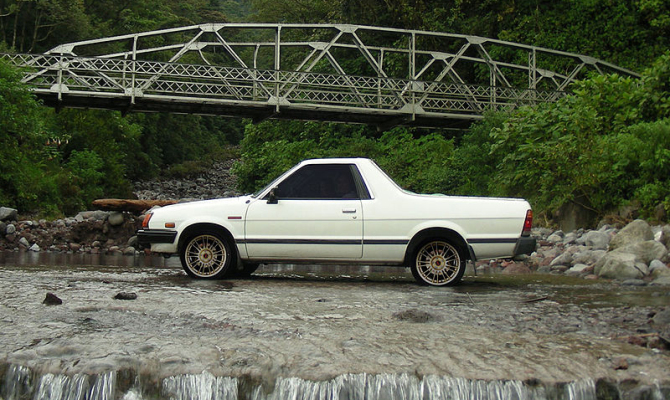
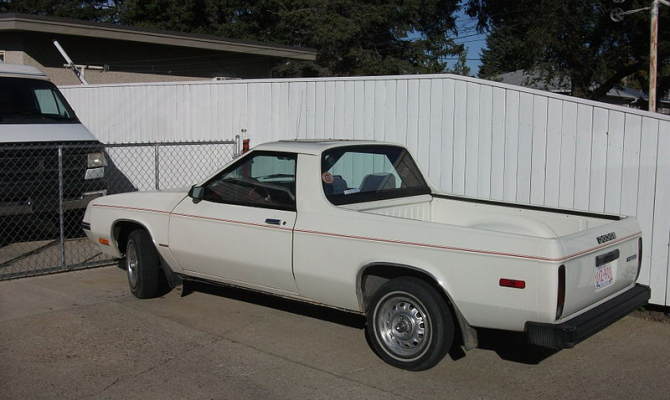
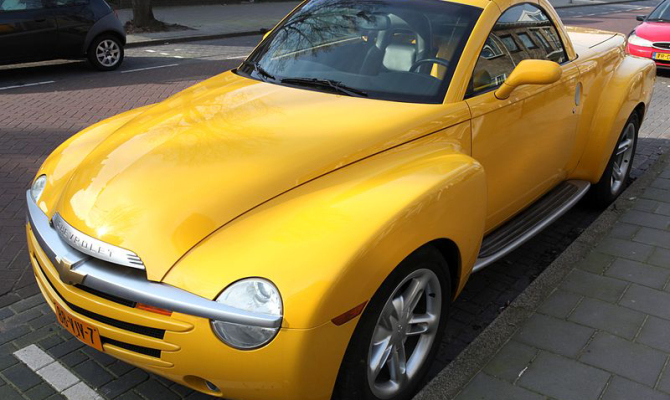
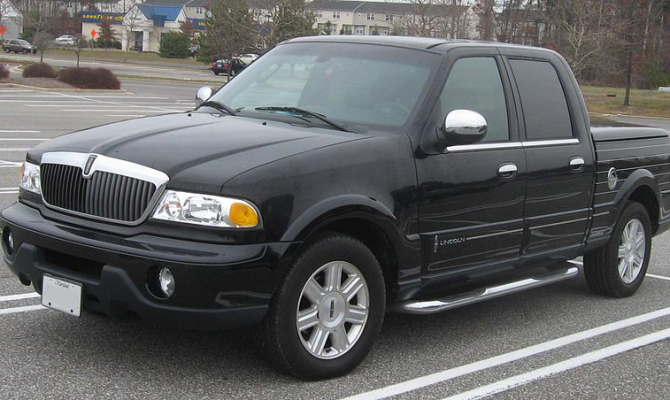
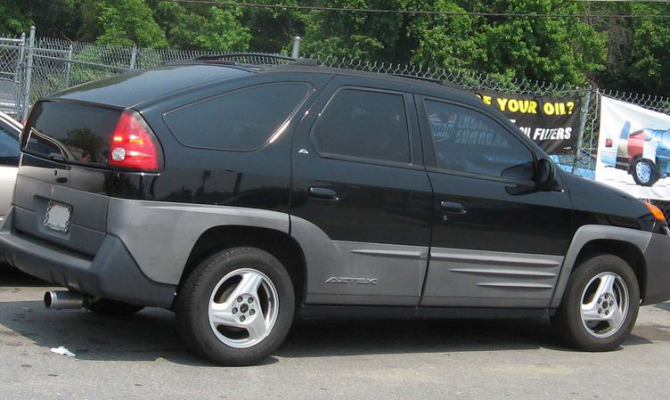
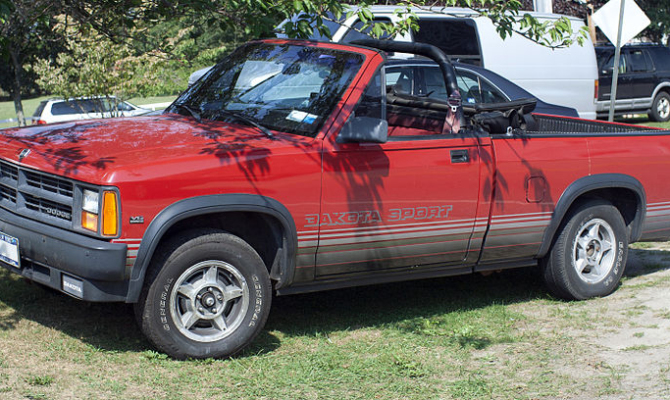
by Larry Pintz
Over the past two decades, America has become a land of truck drivers as SUVs, crossover SUVs, minivans and pickups have grown to account for the majority of light vehicle sales in the United States. In fact, the most popular vehicle in the world for more than three decades has been the Ford F-150, which, according to Morgan Stanley, accounts for 90 percent of Ford Motor Company’s global profits.
Given that kind of profit margin, and considering that in a typical year 16 million new vehicles are sold, there’s a huge incentive for auto manufacturers to try to introduce unique trucks in an effort to expand their existing model lines and fatten corporate treasuries.
For the most part, these efforts succeed. Neither a Cadillac Escalade nor a BMW X5 seem as strange as they did a decade ago. But here are other efforts that seemed like a sure bet but somehow missed the mark.
1978 Subaru Brat/2003 Subaru Baja
The product plan: Chevy was reaping fat profits with its rear-wheel-drive, midsize, car-based El Camino, as was Ford with the Ranchero. Subaru took the plunge with the four-wheel-drive Brat. The carmaker repeated their folly with the 2003 Baja.
So what happened? Brat stood for “Bi-drive Recreational All-terrain Transport.” Based on the company’s compact sedan platform, the Brat’s practicality was limited by two rear-facing seats mounted in the cargo bed, which offered little protection from weather or accidents. The Baja was a similar effort, minus the cargo bed seats.
1982 Dodge Rampage
The product plan: Like Subaru, Dodge eyed the fat profits made by Chevy and Ford with their car-based pickup trucks and designed the Rampage to fill the void. Unlike the Subaru, there were no chairs in the cargo bed.
So what happened? In light of the second Mideast oil embargo, Dodge converted their product line to front-wheel drive. So, the Rampage was built on a compact, front-wheel-drive car platform with four-cylinders. However, domestic buyers expected their trucks to have eight cylinders. Result? – This tiny truck’s name was a ruse.
1989 Dodge Dakota Convertible
The product plan: Since truck buyers increasingly use their vehicles as lifestyle accessories, why not offer the ultimate four-wheel fashion accessory, a convertible pickup?
So what happened? You have to admire then-Chrysler CEO Lee Iacocca and crew for offering something that had never been tried. Nevertheless, whether bought for image or utility, trucks have to look as is they’re ready to work. By contrast, droptops must look seductive. The Dakota offered neither.
2001 Pontiac Aztek
The product plan: Design a car-based crossover SUV with Pontiac design cues hung on a minivan platform to give the vehicle a sense of excitement while saving development costs. Then, name it after a dead civilization, but misspell the name.
So what happened? This is a car that made sense only inside the airless world of GM’s numerous corporate committees. That said, the Aztek has one interesting idea: the center console doubles as a removable cooler. Other ideas, such as the optional tent, were regrettable. And need we mention the styling?
2002 Lincoln Blackwood
The product plan: Casting a jealous eye at the success and profitability of the Cadillac Escalade, in reality little more than a leather-lined Chevrolet Tahoe, Lincoln did the same to its bestselling Ford F-150 pickup.
So what happened? At the time, Ford’s CEO, Jacques Nasser, didn’t fully understand the American market, which might explain why the cargo bed was lined with carpet. Even worse, the cargo bed cover was permanently attached; so it was better at hauling polo mallets than cargo pallets. Ford lost millions on this truck.
2004 Chevrolet SSR
The product plan: Chevy unleashed this convertible pickup concept truck at the height of Detroit’s obsession with retro styling. It elicited such a positive reaction at auto shows that Chevy chose to build it. Given Chevy’s lineup at the time, it’s no wonder.
So what happened? The old saw about those who do not learn from history being doomed to repeat it applies here. While the SSR looked better than the Dakota convertible, its miniscule 4-foot cargo bed rendered the truck useless. Toss in lots of chassis flex and a lofty $40,000-plus price tag, and its fate was assured.
Larry Pintz writes for Hagerty, the world’s leading specialist provider of classic car and boat insurance. Learn more at hagerty.ca.
Recent Comments
- { Enjoyed your Forest of Bowland in the BMW X5M, particularly the photo of the BMW in front of the main part of Stonyhurst College where... }
- { Bantam designed the Jeep, not Willy's or Ford. The American military gave the original Bantam prototype to Willys and Ford to copy. There is plenty... }
- { All Escalades come with a 6.2-lilter V8 engine that produces 420 horsepower. A six-speed automatic is the only transmission offered and drives the rear wheels.... }
- { Alexandra is an excellent journalist. }
Popular Posts
- Journey to a ‘Sparkling’ Luxury Okanagan Resort “Four lucky readers will put a Dodge Journey’s weekend-...
- The Need For Speed: Hike Those Highway Limits More than half of those polled believe the province sho...
- Drives-U-Crazy… Erratic drivers. An early morning drive from Kelowna to Vancouver is nor...
- Readers Respond: The Pros and Cons of Increasing B.C. Speed Limits Increasing the speed limits will only increase risk to...
- Honda CR-V Review: The Compact Crossover To Get Things Done The CRV is a very stylish and aerodynamic crossover veh...


